When you take the time to learn the basics of managing information with M-Files, you are assured of getting the most out of your investment and that’s just smart business. For example, when you learn more about how metadata can work to tame the chaos of folder systems, you can save time and money.
Let’s take a closer look.
What Is Metadata?
If you want to learn how to leverage metadata to benefit your company, you must first understand what metadata is. In a nutshell, metadata is descriptive information that can be used to better organize documents without relying on messy and confusing folder systems.
When you use metadata, you can easily find the documents you need, no matter where they’re located. It’s fast, easy, and logical. To find the information you need with folders, you must first figure out where that folder is located. Then you need to ensure you have permission to access the folder. All of this is time-consuming and frustrating if the document turns out to be outdated or otherwise inaccurate.
In the following video, Michael and Scott will help you understand how metadata can help you better organize your data. They’ll also discuss the problems connected to using folders to organize data—which isn’t really organized at all.
It’s easy to see why metadata is a better way to organize and access important data. But how does it work?
Saving Information with Metadata
Saving documents with metadata is simple. You can use several options to help you organize your data better. Whenever you save a document to M-Files, it is assigned a document card. That card has several fields to fill in which help to describe the document, including class, agreement title, agreement type, owner, effective date, customer, contact person, project, and keywords.
You can also use the description field, checkboxes, groupings, images, and more to further narrow the description of the data. All these options help to define a document so it can easily be found later, regardless of where it is stored. All these fields help describe what the document is, what it relates to, and how it should be matched.
Watch the M-Files Fundamentals video Saving Information with Metadata below to learn more about how to save information accurately with metadata.
With this on-demand webinar, you can also learn more about how card configuration can improve your user experience.
Finding Information with Metadata
Finding information with metadata couldn’t be easier! If you know what your document is and what it relates to, you can find it instantly and reliably, regardless of where it has been stored. It works much like a search engine. Just type in a keyword, such as a company name. You’ll see all the documents related to that company. From there, you can select the appropriate document.
But what if you don’t know the company name? Just use words that describe the type of information you need. For example, you can type “sales agreement” or “proposal.” You can search by customer name, document type, or any other criteria that help to define the document.
This method of document organization is also secure. Each user will only see documents they are allowed access to. There is no worry about the wrong users getting sensitive information.
Watch the M-Files Fundamentals video Finding Information with Metadata below to learn more about how to find information quickly and easily with metadata.
How Can M-Files Help You?
Contact us today to learn more about how M-Files can make your data management easier and more efficient. We’re here to help your business run more efficiently.





